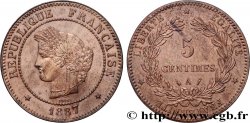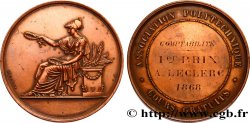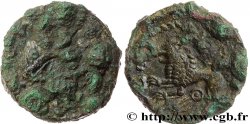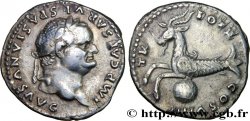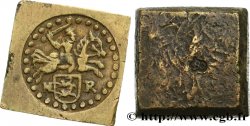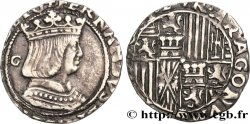Live auction - fme_425574 - III REPUBLIC Cadre de 45 médailles unifaces en bronze
得先注册又得到批准才可以报价。为了报价注册. 客户应该得到公司允许,那种过程需要 48 个小时。别等出售结束那一天才登记。您报价的话等于您赞成买那物品,而且按« 保价 » 证明您接受 cgb.fr 因特网拍卖使用法.
报价时只可以出全数值欧元总额。物品描述也说明销售结束时间,结束后出价都不会生效。 报价命令转达有时变动,等到最后秒钟增加否决的可能会。想多了解的话请注意 因特网拍卖常问
最高出价方将支付18%的不含税的拍卖费用
最高出价方将支付18%的不含税的拍卖费用
| 估算 : | 2 000 € |
| 价格 : | 920 € |
| 最高出价 : | 1 259 € |
| 拍卖结束日期 : | 01 August 2017 19:24:49 |
| 竞拍人 : | 2 竞拍人 |
种类 Cadre de 45 médailles unifaces en bronze
日期: n.d.
铸币厂名称/城市 France
材质 bronze
稀少度 R3
关于品相的说明
Cadre imposant de 80 par 54 cm, avec 45 médailles unifaces encadrées anciennement, avec 20 cabochons en plâtre doré, sur un velours bordeaux. Cadre en bois, d’aspect loupe et doré. Cadre nécessitant une restauration, cabochons abîmés
家谱
Ce cadre provient d’une collection américaine
正面
背面
评论
Ensemble particulièrement intéressant, de 45 médailles, montées anciennement sur velours. Ce travaille typique de la 3e République remonte à la fin du XIXe siècle ou au début du XXe siècle :
- Martinus Bucerus (1491-1551), moine et théologien.
- Maria Christina de Bourbon (1806-1878), reine d’Espagne, épouse de Ferdinand VII d’Espagne.
- Franz Joseph Haydnn (1732-1809), compositeur autrichien qui incarne le classicisme viennois au même titre que Mozart et Beethoven, les trois compositeurs étant regroupés par la postérité sous le vocable de « trinité classique viennoise ».
- Lazare Hoche (1768-1797), un général français de la Révolution.
- République française, avec la tête de Cérès.
- Philippe, roi d’Espagne.
- Jean Varin (1607-1672), graveur de monnaies et médailleur.
- Louis-Philippe, de 1830.
- Henri de la Tour d’Auvergne de Turenne (1611-1675), militaire français.
- Franklin Benjamin (1706-1790) et Montyon Jean-Baptiste (1733-1820).
- LA RENOMMÉE PROCLAME LE MÉRITE.
- Louis II de Bourbon Conde (1621-1686), duc d’Enghien.
- Naissance du futur comte de Chambord (Henri V), le 29 septembre 1820.
- Charles Quint (1500-1585).
- Pie IX (1792-1878), pape.
- Pierre Jeannin (1540-1623), homme politique français.
- Jules Hardouin-Mansart (1646-1708).
- Napoléon Ier Empereur.
- Isabelle II, reine d’Espagne (1830-1868).
- Jean-Baptiste Collin, comte de Sussy (1750-1826).
- Eugène Sue (1804-1857), écrivain français.
- Car Comes Chotek Reg Bohemiae Supremus Burgravius.
- Une représentation des indiens d’Amérique datée 1492.
- Giuseppe Garibaldi (1807-1882), l’un des “pères de la patrie” italienne.
- Notre Dame de Paris.
- République française, avec la tête de Cérès.
- Naissance du futur comte de Chambord (Henri V), le 29 septembre 1820.
- Armand Jean du Plessis de Richelieu, dit le cardinal de Richelieu (1585-1642).
- Napoléon III Empereur.
- Clément Marot (1496-1544), poète français.
- Axel Gustafsson Oxenstierna ou Oxenstjerna (1583-1654), Grand chancelier de Suède du 6 janvier 1612 à sa mort.
- Louis-Philippe Ier.
- Galilée (1564-1642), mathématicien, géomètre, physicien et astronome italien.
- Eustache Le Sueur (1617-1655), artiste peintre et dessinateur français de style baroque.
- la sculptue de H. Rude, Le Départ des volontaires de 1792, ou La Marseillaise, orne l’arc de triomphe de l'Étoile, à Paris.
- Pierre Corneille (1606-1684), dramaturge et poète français.
- Henri IV (1553-1610), roi de France.
- Miguel de Cervantes Saavedra (1547-1616), romancier, poète et dramaturge espagnol, célèbre pour son roman L’Ingénieux Hidalgo Don Quichotte de la Manche, publié en 1605 et reconnu comme le premier roman moderne.
- Bonaparte, général en chef..
- Martinus Bucerus (1491-1551), moine et théologien.
- Maria Christina de Bourbon (1806-1878), reine d’Espagne, épouse de Ferdinand VII d’Espagne.
- Franz Joseph Haydnn (1732-1809), compositeur autrichien qui incarne le classicisme viennois au même titre que Mozart et Beethoven, les trois compositeurs étant regroupés par la postérité sous le vocable de « trinité classique viennoise ».
- Lazare Hoche (1768-1797), un général français de la Révolution.
- République française, avec la tête de Cérès.
- Philippe, roi d’Espagne.
- Jean Varin (1607-1672), graveur de monnaies et médailleur.
- Louis-Philippe, de 1830.
- Henri de la Tour d’Auvergne de Turenne (1611-1675), militaire français.
- Franklin Benjamin (1706-1790) et Montyon Jean-Baptiste (1733-1820).
- LA RENOMMÉE PROCLAME LE MÉRITE.
- Louis II de Bourbon Conde (1621-1686), duc d’Enghien.
- Naissance du futur comte de Chambord (Henri V), le 29 septembre 1820.
- Charles Quint (1500-1585).
- Pie IX (1792-1878), pape.
- Pierre Jeannin (1540-1623), homme politique français.
- Jules Hardouin-Mansart (1646-1708).
- Napoléon Ier Empereur.
- Isabelle II, reine d’Espagne (1830-1868).
- Jean-Baptiste Collin, comte de Sussy (1750-1826).
- Eugène Sue (1804-1857), écrivain français.
- Car Comes Chotek Reg Bohemiae Supremus Burgravius.
- Une représentation des indiens d’Amérique datée 1492.
- Giuseppe Garibaldi (1807-1882), l’un des “pères de la patrie” italienne.
- Notre Dame de Paris.
- République française, avec la tête de Cérès.
- Naissance du futur comte de Chambord (Henri V), le 29 septembre 1820.
- Armand Jean du Plessis de Richelieu, dit le cardinal de Richelieu (1585-1642).
- Napoléon III Empereur.
- Clément Marot (1496-1544), poète français.
- Axel Gustafsson Oxenstierna ou Oxenstjerna (1583-1654), Grand chancelier de Suède du 6 janvier 1612 à sa mort.
- Louis-Philippe Ier.
- Galilée (1564-1642), mathématicien, géomètre, physicien et astronome italien.
- Eustache Le Sueur (1617-1655), artiste peintre et dessinateur français de style baroque.
- la sculptue de H. Rude, Le Départ des volontaires de 1792, ou La Marseillaise, orne l’arc de triomphe de l'Étoile, à Paris.
- Pierre Corneille (1606-1684), dramaturge et poète français.
- Henri IV (1553-1610), roi de France.
- Miguel de Cervantes Saavedra (1547-1616), romancier, poète et dramaturge espagnol, célèbre pour son roman L’Ingénieux Hidalgo Don Quichotte de la Manche, publié en 1605 et reconnu comme le premier roman moderne.
- Bonaparte, général en chef..







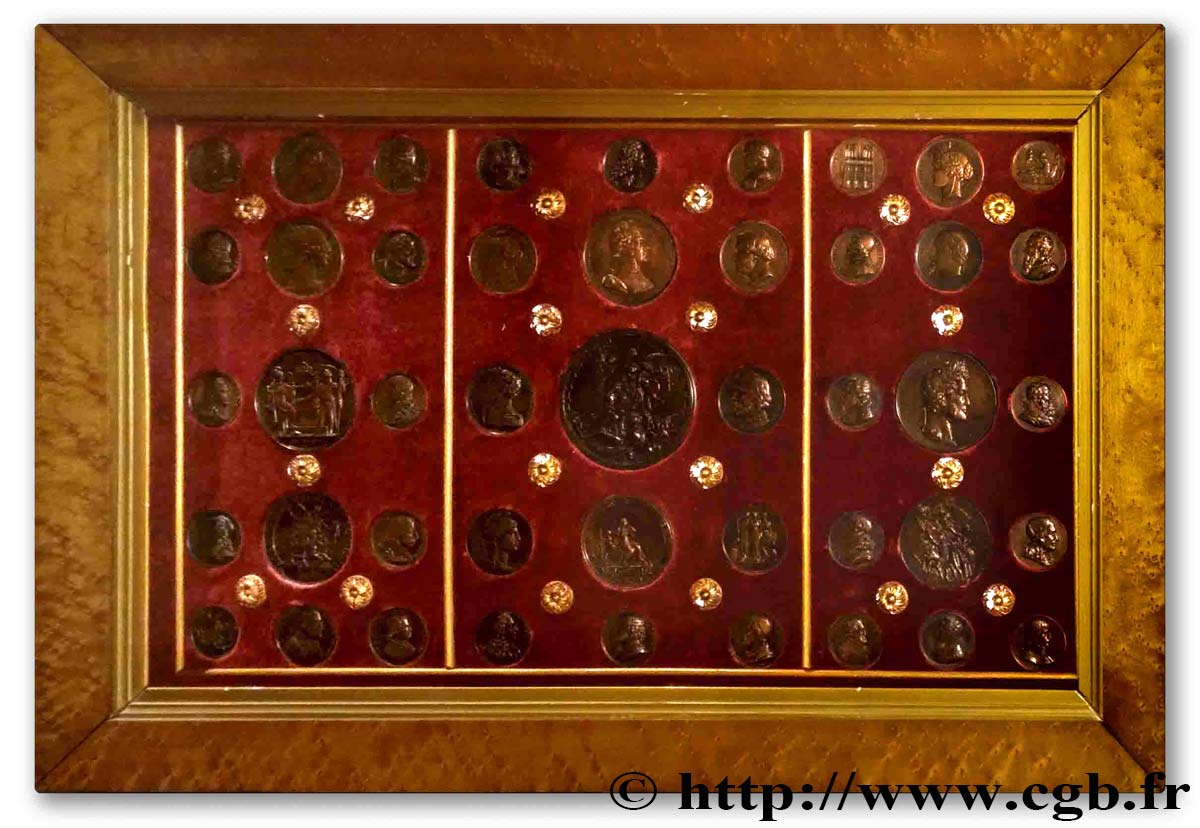
 对产品描述纠错
对产品描述纠错 打印
打印 分享我的选择
分享我的选择 提问
提问 Consign / sell
Consign / sell
 产品介绍
产品介绍
